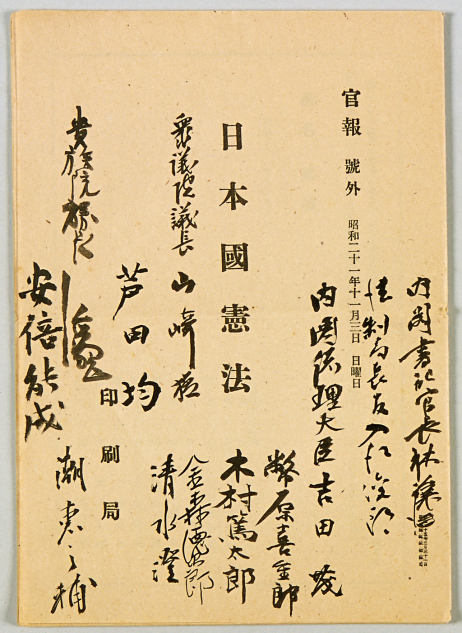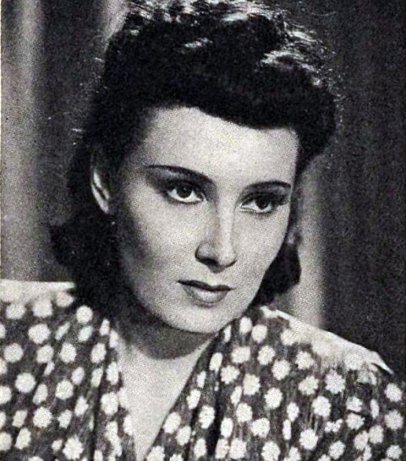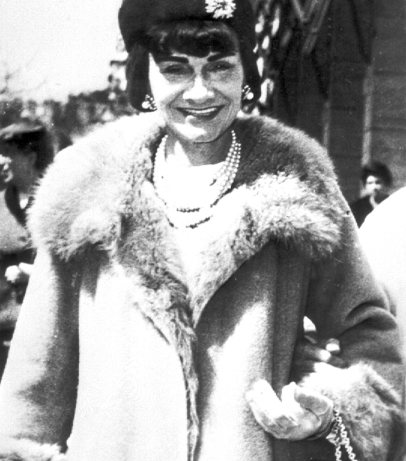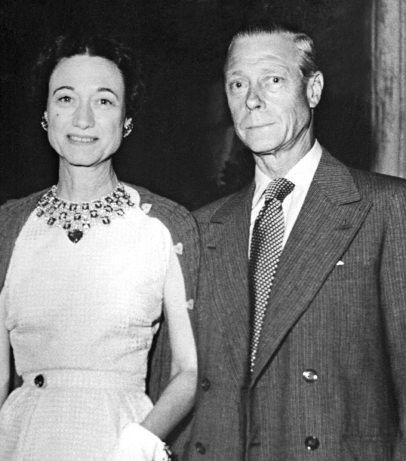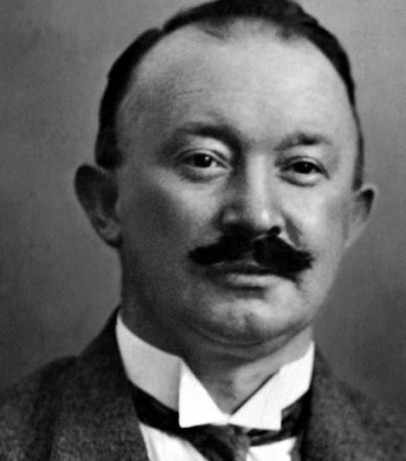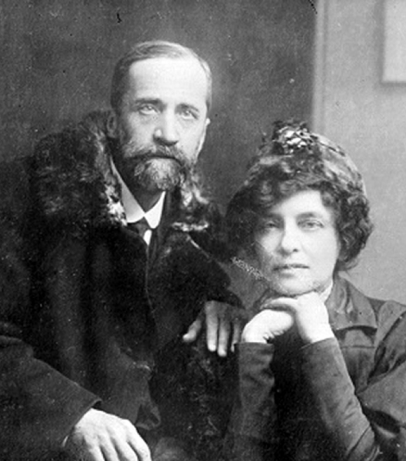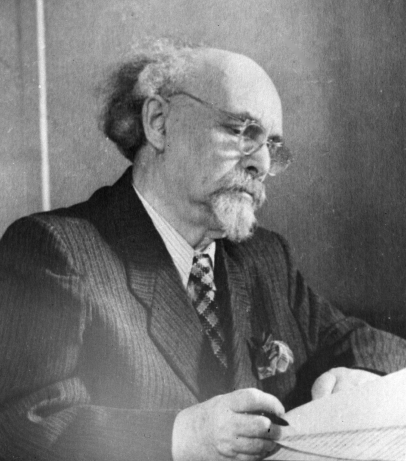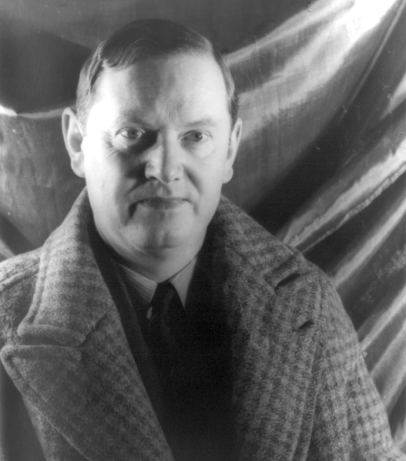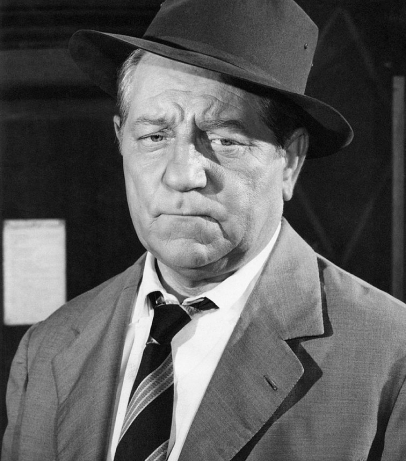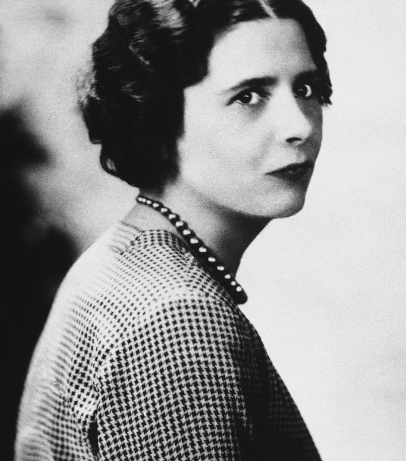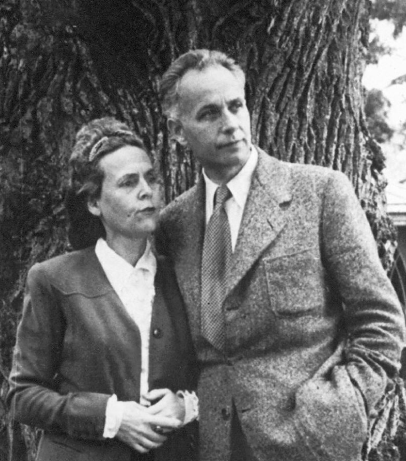On 7 October 1946, the House of Representatives approved the draft constitution of Japan by 342 votes, with only five members voting against. The document, which provided for equal rights and the renunciation of war, entered into force on 3 May 1947.
Following the signing of the Japanese Instrument of Surrender in September 1945, the Japanese government drafted a new constitution. The original draft was a carbon copy of the 1889 Meiji constitutional text of the Empire of Japan, with minor amendments, which did not suit the interests of the victorious powers. The American military administration insisted on major institutional reforms, including the introduction of basic democratic rights and freedoms, extensive agrarian reform, and anti-monopoly legislation.
The drafting of Japan's new constitution was based not only on the US Constitution, but also on the Constitution of the USSR. The establishment of equality between men and women in the constitution – the first time in Japanese history – was, according to experts, influenced by the then existing Soviet Constitution of 1936.
In drafting the Japanese Constitution, particular importance was attached to the demilitarisation of the state. Article 9 of the draft stated:
Aspiring sincerely to an international peace based on justice and order, the Japanese people forever renounce war as a sovereign right of the nation and the threat or use of force as means of settling international disputes.
In order to accomplish the aim of the preceding paragraph, land, sea, and air forces, as well as other war potential, will never be maintained. The right of belligerency of the state will not be recognised.
Demilitarisation and the renunciation of military expenditure would be one of the pillars of the Japanese economic miracle.
Source: Vsevolod Kuritsyn, Dmitry Shalyagin, “The Experience of Development of Constitutional System in the United States, Japan, and Soviet Russia”, Moscow: Academic Project, Triksta, 2004
